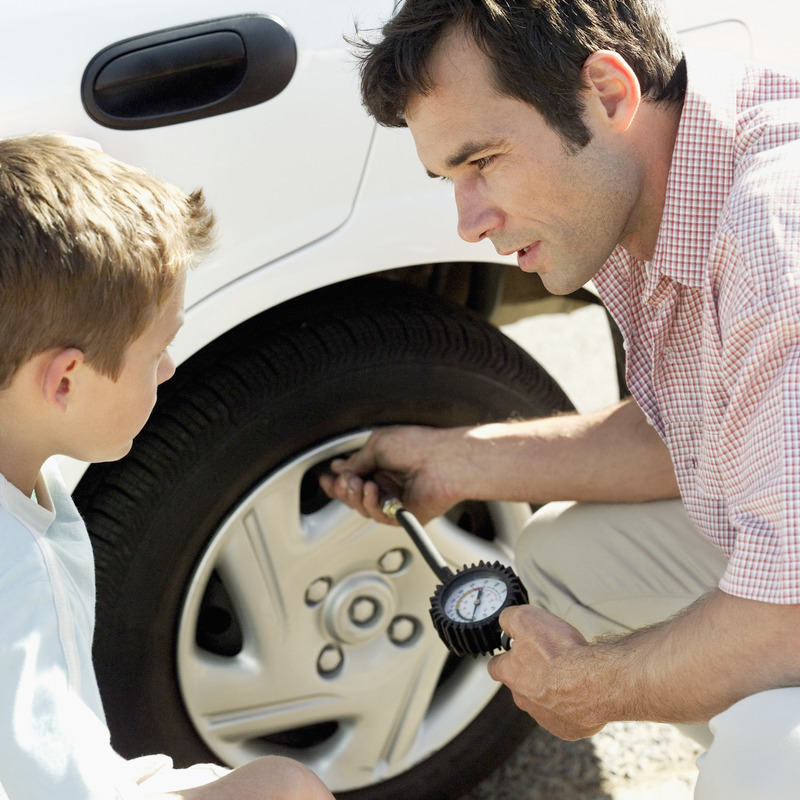Tire patches are a huge money maker for auto shops. They don’t require much labor, and the cost of a patch is really low compared to most other auto parts.
But what is a good price to pay to get a tire patched? Well, that depends. If you patch the tire yourself, expect to spend $6.00. If you take it to the shop, you’re looking at spending anywhere between $10-$40, depending on the situation.
Patching tires yourself is always everyone’s first instinct, since the cost is so low. But many people are deterred when they find out they can’t, due to any number of reasons. Deciding when to do it yourself, versus taking it to the shop is what we’ll explore in this article along with why tire patches can be so pricey. We’ll outline the different reasons you should, or shouldn’t do it yourself. We’ll also examine the different types of patches and the pros and cons of each.
I used to work at a shop on a main highway. Every day, during rush hour traffic, at least 3 customers came in requesting a tire patch. Over the years, I’ve learned the simplicity of the tire patch can be deceiving. Not all tires are created equal and the same goes for patches.
When a shop patches your tire, most of the cost stems from the mechanic’s time.The wholesale price of a tire patch is less than $2.00. The glob of bead sealer that’s used to seal the patch costs less than $0.10.
But it takes the average mechanic about 15 minutes to patch a tire. Most shops charge around $120 per mechanic hour, so you’re looking at $30-$40 for time and parts. If you want the tire re-balanced, as is recommended, tack on another $13.00.
While a tire patch is among the most simple jobs, it takes time away from mechanics who could be working on higher paying, more demanding jobs. Hence, the hourly rate being applied to the job.
Not all tires can be repaired. There are some tests that mechanics, or you yourself, can perform. Doing these tests will give you a good idea as to whether or not your tire can be repaired.
Doing these tests will give you a good idea as to whether or not your tire can be repaired.
When your tire becomes flat, the first thing to do is not drive on it. Driving on a flat tire, even for a short amount of time, can damage it beyond repair. When a tire is operated without air, the vehicle’s weight crushes the tire’s innards turning it to dust.
The next thing to do is see what caused the flat. Nails directly in the middle of the tread are a common occurrence. They can be easily spotted from a distance. If you can’t see it, running your hand around the tread will reveal the location of the nail.
Tire punctures that occur within 2 inches of the sidewall are considered non-repairable. This means neither you, nor the shop, can repair this.
It’s actually against the law for auto-shops to repair tires that have punctures close to the side wall. The issue is, tire patches placed close to the side-wall often result in tire blowouts, due to the shifting nature of a tire’s sidewall to tread relationship.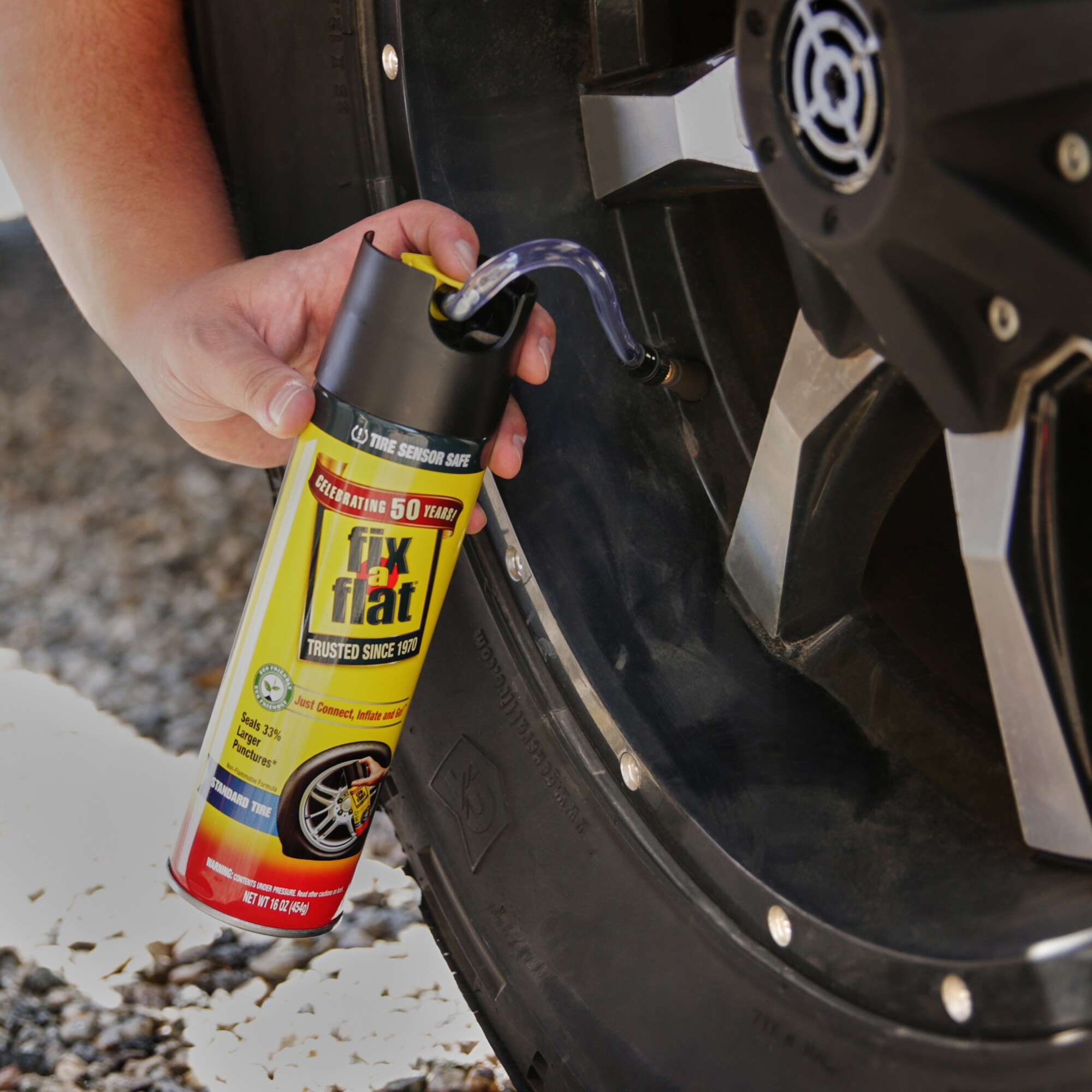
A good test to measure the distance between the puncture and the sidewall is to place your thumb in that space. If the puncture is a thumbs width (or more) away from the side wall, you’re in the clear.
If not, sadly, it’s time for a new tire.
The length of the puncture is the next thing to look at. Most nail punctures are just as wide as the nail itself. In this case, with the puncture being so small, it’s ok to plug the tire yourself. But if the length of the puncture is 2 ½ inches or more, you cannot patch it.
You cannot patch it, or a shop cannot either. Punctures this large are not repairable, because patches aren’t meant to hold in air over that big of an area.
The inner tire liner doesn’t become fully sealed, even with the largest patches available. If your puncture is more of a gash in the tread, it’s time for a new tire.
Fully patching a tire requires you to complete the following steps.

So as you can see, the full, official way to patch a tire is quite involved. This is why you can see prices up to $45.00 for a simple patch.
If the tire has to be rebalanced, that’s around $13.00 and if it needs new valve stems, or a TPMS sensor, this can also tack on extra costs.
This patch is so effective that it saves you from having to purchase a new tire. You can enjoy the full length of the tire as if no puncture ever happened. Patching a tire can be quite the life saver when you’re in a jam.
The obvious issue here is that tire machines aren’t commonplace in the average driver’s house. So doing it yourself this way isn’t really feasible, but the method we discuss next can be done almost anywhere.
Tire plugging is a simple fix applied to various types of tire punctures. The majority of tire punctures can be repaired by doing a plug yourself.
To plug a tire, just push the plugging strip with the T-Handle in as far as it will go. Then, with all your might, quickly pull the t-handle out. This will plug the tire, and all that’s left is for you to cut the excess plugging strip away.
Tire plugging is looked down by Tire Shops because they consider it not fully seal the surface. But I’ve plugged well over 500 tires, and have never had an issue. Most independent shops are fond of tire plugging as well, since it keeps prices down for them, and the customer.
Tire plugging can be done by yourself, in your driveway. If you don’t feel comfortable doing it, call up an independent shop and ask if they plug or patch tires.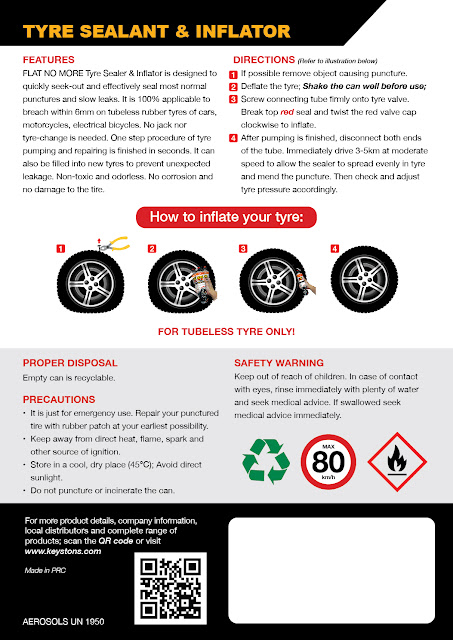 Most likely, they probably offer both, but they’ll charge half for a plug, compared to what they would for a full patch.
Most likely, they probably offer both, but they’ll charge half for a plug, compared to what they would for a full patch.
Plugging tires, while usually a simple task, can turn into a complex issue. For example, if you plug a tire, and you can still hear a slow hissing noise, it can be a pain to hunt down the source of the leak.
Or if you spray the whole tire down with soap in order to locate the leak, and can’t find it. You might start to question your sanity. Don’t! These issues can take up hours, even for master techs.
There’s actually a machine in some tire shops that puts the tire under water using a crane-like object from above. Even this machine still fails sometimes, and mechanics are left scratching their head. So if you start to encounter any issues of locating the leak, or plugging a leak, it’s time to take it to the shop.
If the tire is totally flat when you walk out to your car, you should be able to use your spare tire, and repair the issue at home with a plugging kit.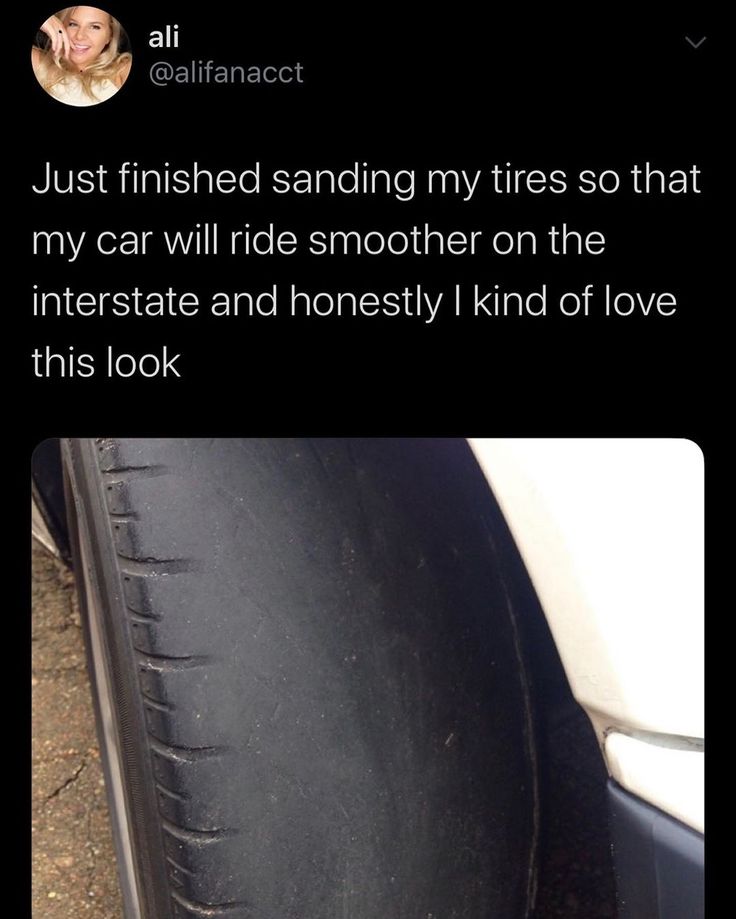 But if you plug the tire, and it’s still leaking, take it to the shop and let them repair it.
But if you plug the tire, and it’s still leaking, take it to the shop and let them repair it.
If you are questioning the length test or edge test results, it’s also recommended that you take it to the shop. Some mechanics will say, “use double the amount of plugs”, to fix large gashes. This is wrong. If one plug can’t fix it, take it to the shop and see what you can recoup.
But for the majority of situations, where a nail has punctured your tread somewhere in the middle of the tread face, it’s totally acceptable to purchase a plug kit, and do the repair yourself. It will save you a couple bucks, and you will have had the opportunity to go under your car to do a quick visual inspection. Or take off the tire and glance at the brake pads.
Tire patching is a method to restore the original appearance of the wheel part. People use the patch method because their car does not have too big a problem, and they just need to perform small tips to save the budget.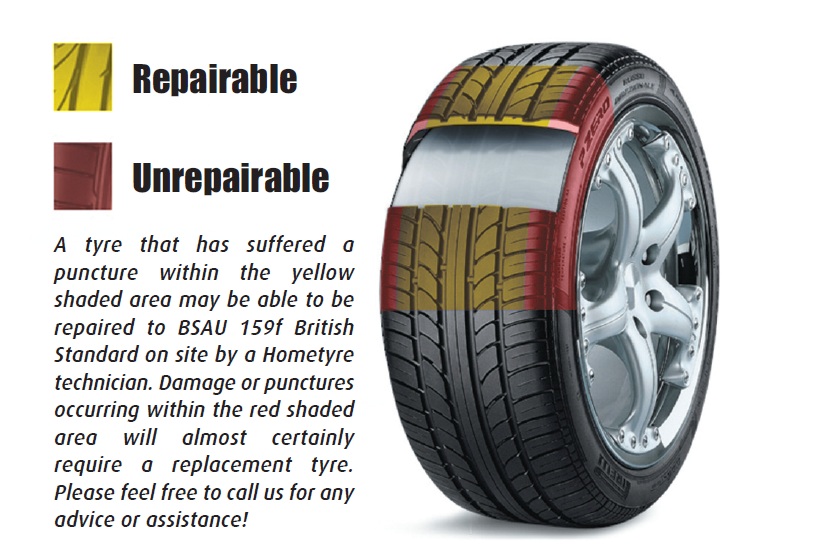
However, not everyone is good at this, and the best solution for them is to seek the help of repair shops. So, how much does it cost to get a tire patched?
This task will cost you between $5-$20, depending on the severity of the tear. Of course, some shops will give you free if you buy their replacement tires!
Why Do Tires Go Flat?The process of moving is subject to many external forces, causing the tires to deflate. The cause comes from many sides, but it is not a coincidence.
There are three ways to explain this phenomenon:
When it meets the right, less durable sides, it will puncture the tire, and the gas leak occurs the next day. However, the process will take a long time, depending on how severe the object has been.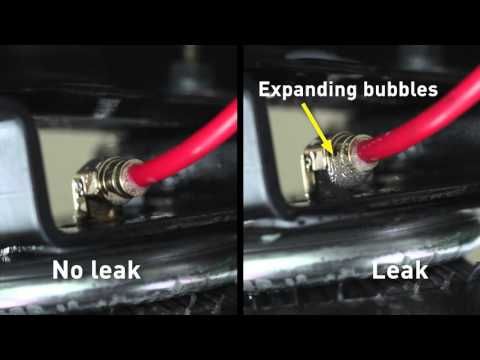
Can we take this as another way of stating protection? It’s not too difficult to do; even with just being meticulous, you have adequately protected your tires. Here are three measures to refer to:
Checking dailyRegularly taking your tires in for maintenance is the best way to protect your car. Here, the tires and the whole as a whole will be to detect potentially harmful problems and then provide solutions to protect and eliminate the risk.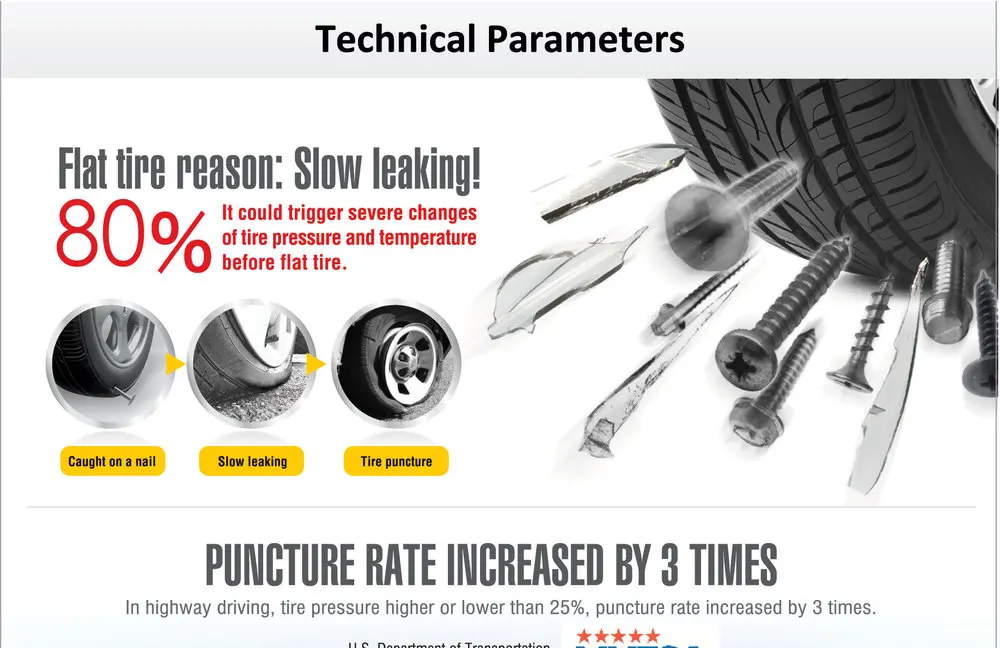 As for the tire, it will be to look for wounds, thereby limiting deflation.
As for the tire, it will be to look for wounds, thereby limiting deflation.
Although it is difficult to guarantee that it is 100% avoidable, try to keep the collision rate as low as possible.
When entering a road with signs under construction or places full of potholes, you should adjust your driving speed, carefully look at the road, and make sure the tires do not encounter dangerous objects.
Track tire recallsAlthough the manufacturing process of the auto industry is always rigorous, there are also shipments with incorrect specifications that cause dangers when used. You should follow the brand to know more about recalls, if any.
Is Tire Stickers Possible?It’s up to you whether you want to use a gluing service. Don’t confuse gluing with car patching. The meaning of the word “patch” is clearly as a measure to repair wounds and holes that make the car unable to operate. As for gluing tires, paste the letters on the wheel body to increase aesthetics.
It does not have any effect in protecting the wheel body. Although manufacturers do mention the longevity feature of long-lasting tires, it’s important to remember that there’s too much to decide whether the wheel or running tire itself will last a long time.
How Much Does It Cost To Get A Tire Patched?The cost depends on the selected maintenance center; the amount of this service is not uniform. But the number is not too expensive, ranging from $30-40$ for a patch.
A mechanic takes 15 minutes to remove the tire from the rim to find the leak and 20-30 minutes for the repair and finishing work.
Although the job is not too difficult, it requires a high level of skill, so for some shops, the price to fix the car can be higher than $5-10$. You can also buy the equipment and repair it yourself. But honestly, we don’t recommend this.
What If You Can’t Use The Tire Patch?In case you cannot repair the patch, then bring it to the center for support. There, they will have specialized tools and professional ways to ensure safety after patching. Mastering knowledge and experience is always good in all situations, primarily related to security.
There, they will have specialized tools and professional ways to ensure safety after patching. Mastering knowledge and experience is always good in all situations, primarily related to security.
Wheels always need to be in a stable gas state, and it helps maintain the movement and increase the ability to support the force. The gas pressure should not be too high or vice versa.
When the air in the wheel is too low, the speed of travel slows down, and the tires cannot overcome obstacles, especially rough roads.
But if it’s too tight, it will explode because it can’t handle operation pressures well. The primary advice is to use a dedicated gas pressure gauge to catch and control the gas in the wheel well.
Tire rotationPeriodically try to rotate the tire to prolong its life and evenly distribute the wear on all four wheels. Regardless of whether you do it yourself or with professional help, this is an excellent opportunity to grasp the damage situation that the vehicle is facing.
There are indicators recommended to users in each one, including the load that the tire can withstand and the notes not to do.
To ensure safety, you should carefully read the notes and avoid carrying too many unnecessary items to put pressure on the body and the wheels.
Tire balanceExperts recommend that users balance the tires after traveling 12,000 miles or when the car has problems with the steering wheel.
The balance helps evenly distribute the force on all four tires, limiting rapid wear. It also eliminates vibration, creating a comfortable feeling for the user.
For more tips, watch this video:
ConclusionAbove is the knowledge related to the tire patching process or wheel maintenance. We hope that this knowledge can be helpful to you when you encounter similar situations. Do not hesitate to share the information with your family and friends because they may also need it.
We hope that this knowledge can be helpful to you when you encounter similar situations. Do not hesitate to share the information with your family and friends because they may also need it.
Is the article PERFECT for your needs? Do you have other useful knowledge? Please share with us via the comments below. We are happy to share with you!
Thank you for reading!
This post was last updated onMonday, August 15, 2016 03:18:03 PM Europe/Moscow
Deformation is a change in the size or shape of a rigid body due to external forces. Applicable to tires, two types of deformation can be distinguished:
Functional deformation is one of the duties that a modern tire must fulfill. Namely, to deform, reducing the vibration and noise impact on the car and the driver, which occurs when the tire rolls on the road surface. The flexibility of the tire structure, as well as the correct pressure inside, allow the tire to perform this function without problems, while making a huge amount of deformation per unit of time without negative consequences. nine0003
The flexibility of the tire structure, as well as the correct pressure inside, allow the tire to perform this function without problems, while making a huge amount of deformation per unit of time without negative consequences. nine0003
Critical deformation is precisely characterized by the fact that it may result in complete or partial destruction of the tire, excluding its further use. Critical deformations include:
- warehouse;
- arising from prolonged standing of the car;
- resulting from driving with a pressure lower than recommended;
- shock with sidewall destruction.
Tire deformation due to improper storage
The damage that a tire receives when the tire storage rules are violated is a fairly common operational damage that is not a consequence of the tire performing its functions. Among this type of critical deformations, the following tire damages occur:
- bead ring fracture that occurs during long-term storage of herringbone tires. Unfortunately, storage in this way is a very common practice, although tire manufacturers recommend using it only for the limited time needed to transport tires. A bead ring fracture is a non-repairable defect, and it is not recommended to install such tires on rims. nine0003
Unfortunately, storage in this way is a very common practice, although tire manufacturers recommend using it only for the limited time needed to transport tires. A bead ring fracture is a non-repairable defect, and it is not recommended to install such tires on rims. nine0003
How to avoid:
New tires must be carefully inspected upon receipt. In addition, during long-term storage, it is recommended to put the tires on the tread, in a vertical position, using special racks that do not damage the tires.
- tire curvature when stacked . This method of storage is still common, and it is also especially dangerous for those tires that ended up at the bottom of the stack. And the higher this design, the more the lower tires suffer. Such storage can cause the tire to warp internally, which in turn can cause the tire to side-slip, as well as uncontrolled imbalance or vibration. nine0003
How to avoid :
Buy tires from professional tire shops and avoid stores with huge stacks of tires (more than four tires high) on the sales floor. Since the internal curvature of the tire cannot be seen with a visual inspection, and only a balancing machine will help identify the first signs of tire problems. Tire storage by the owner should also avoid stacking tires, even if the number of tires is limited to four.
Since the internal curvature of the tire cannot be seen with a visual inspection, and only a balancing machine will help identify the first signs of tire problems. Tire storage by the owner should also avoid stacking tires, even if the number of tires is limited to four.
Tire deformation that occurs when the car is parked for a long time
Few people know that tires can be damaged and from a long stay in an upright position , with air inside. As a rule, this is possible when the car is parked in one place. This position deforms the tire, depriving it of a perfectly round shape. When driving on such a tire, vibrations and noise may occur. Non-repairable damage to the internal structure of the tire is also possible, especially for tires that have been in operation for a long time. nine0003
How to avoid:
The technical documents recommend limiting such extended stays to two days for fully loaded vehicles and ten days for unladen vehicles.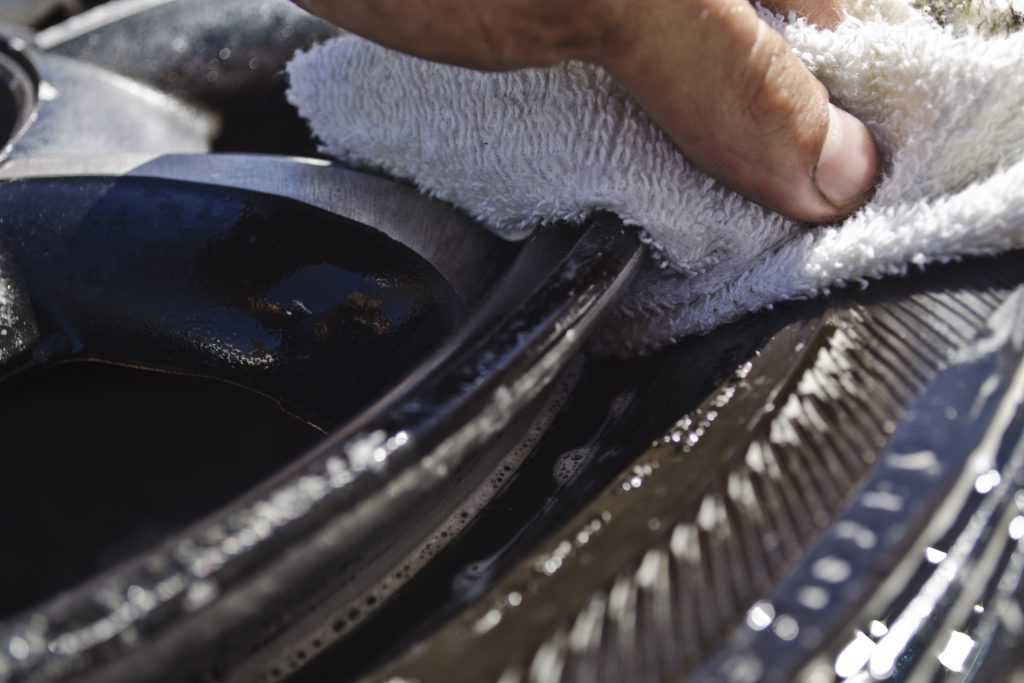 If you need a longer parking of cars, you should reduce the load on the tires using stands or moving the car.
If you need a longer parking of cars, you should reduce the load on the tires using stands or moving the car.
Tire deformation due to low pressure driving
One of the most common forms of critical deformation is irreversible tire change , which occurs due to the operation of a tire with low inflation pressure. Due to this insufficiency, normal working deformations become redundant, and the tire walls, not designed for excessive bending, begin to heat up beyond measure. Thus, the destruction of the tire itself begins. First, the sealing layer is destroyed: it begins to bulge on the inner surface of the junction of the sidewall and the treadmill, then it peels off, and a rubber coating is formed. Then the sidewall, exposed to the carcass threads, begins to crack, and the air leaves the tire. Further driving on such a tire can lead to a complete separation of the sidewall from the tread. nine0003
How to avoid:
Monitor pressure.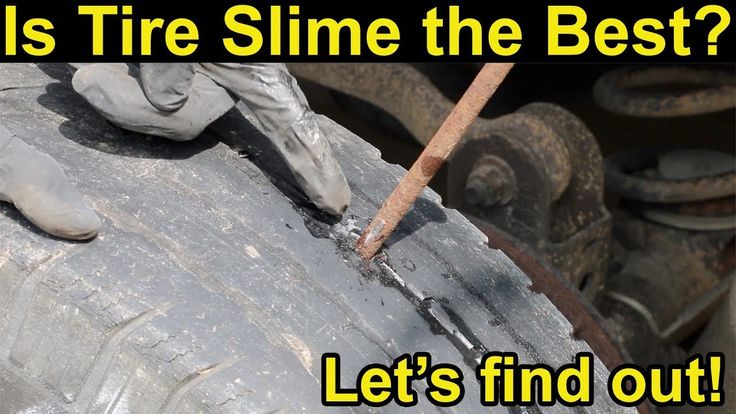 In addition to checking, you need to regularly change the valves, repair tires in a timely and high-quality manner, and avoid driving on damaged tires. Since all this can lead to a slow loss of pressure and to the appearance of a critical deformation of the tire.
In addition to checking, you need to regularly change the valves, repair tires in a timely and high-quality manner, and avoid driving on damaged tires. Since all this can lead to a slow loss of pressure and to the appearance of a critical deformation of the tire.
Tire deformation under shock impact load
If the tire hits a hole , hits a foreign object on the road, deformation of the tire may occur, which can destroy the product at a time. If this happens at high speed, and the edges of the pit or object are sufficiently hard and sharp, then the chances of an instant destruction of the tire increase significantly. In such a situation, the sidewall of the tire is pinched between the rim and the surface, for example, in pits. The influence of other factors (speed, aggressiveness of the obstacle) leads to the appearance of an impact force that breaks several threads of the frame. The weakened part of the sidewall of the tire is easily deformed by internal pressure, and a hernia appears. nine0005 Further operation of the tire is not recommended . It is worth noting that sometimes the rupture of the carcass threads is accompanied by a rupture of the inner and outer layers of the sidewall of the tire, leading to a loss of pressure, which, of course, excludes further repair of the tire and its use.
nine0005 Further operation of the tire is not recommended . It is worth noting that sometimes the rupture of the carcass threads is accompanied by a rupture of the inner and outer layers of the sidewall of the tire, leading to a loss of pressure, which, of course, excludes further repair of the tire and its use.
How to avoid:
Carefully reduce your speed when driving on poorly paved sections of the road, avoid hitting curbs and other foreign objects. If bad roads are a fairly common occurrence, then it will not be out of place to pay attention to technologies that protect tires from damage. For example, Michelin uses IronFlex technology for some of its models (MICHELIN Energy XM2, X-Ice North 3, X-Ice 3), which reduces the chance of damage to the sidewall of the tire during shock deformation. For the same purpose, a double carcass is used for off-road tires of the Latitude family, which also reduces the likelihood of premature tire failure due to carcass damage.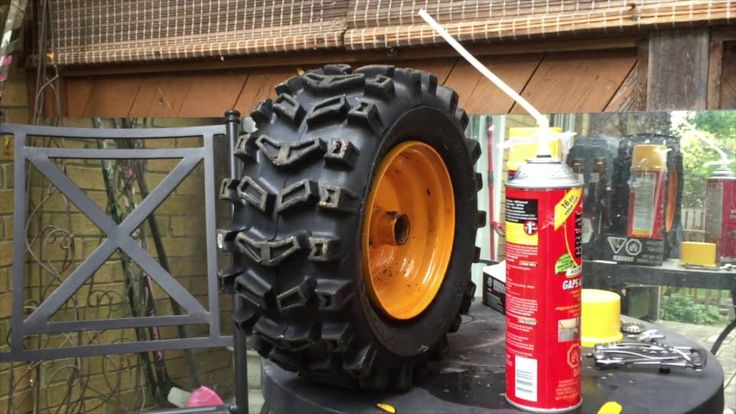 nine0003
nine0003
It is often cheaper to repair a side cut than to buy a new tire.
One step tire repair process.
Cut before repair.
Cut in the sidewall of a 35 mm tire.
Repair process.
Stripping and gluing the patch. Filling with raw rubber. Installation on a vulcanizer.
Refurbished.
Tire after repair quality test. nine0003
Many car enthusiasts are hesitant to repair a damaged tire or buy a new one. Leave this decision to professionals who know everything about tires, inspect the damage and give an opinion on the feasibility of repair work. Based on this information, you will make a decision.
Complete puncture repair package includes:0009 Repair
However, it is worth remembering that new tires are not cheap, and a full repair of tire side cuts, the price of which is quite insignificant, in accordance with the technological map, can extend the life of your wheel to complete wear.
There are only three of them: simple, U - shaped, L - shaped.
Simple cut
Basic cut. Often happens from a knife
L - shaped cut
Often caused by running over a sharp curb or spike.
U-shaped
Appears due to a cut with a knife or collision with a sharp object.
It happens that the size of the cuts is beyond the repairable dimensions or located in the non-repairable areas of the tire.
“
Tires are the only element that connects you to the road. In its laboratories, TECH has been and is testing repaired tires around the clock and as a result has deduced which cuts can be repaired safely, and which cuts are at risk of explosion. The result of their work was a table and recommendations on the size of cuts to be repaired and where they can be located on the tire. nine0003
Oleg Komchenkov, lead mechanic
Cut too wide.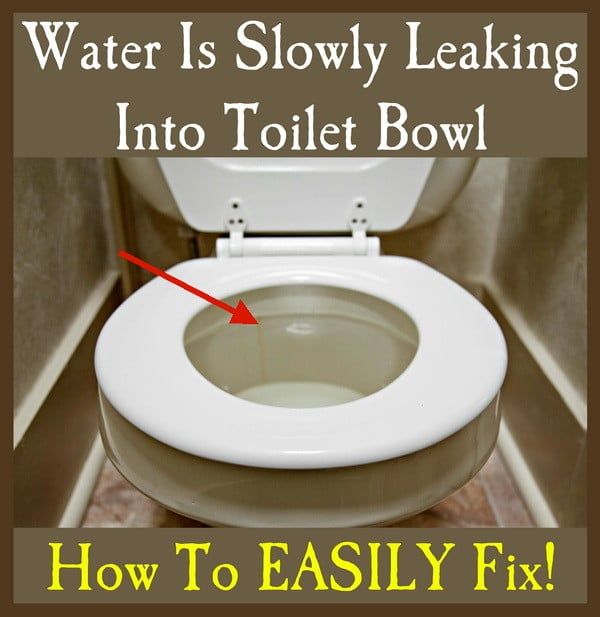
The maximum cut width that can be repaired is 25 mm. This is due to the fact that the cord threads in the tire are perpendicular to the disk, and with such damage, a large number of threads are damaged.
Cut too long
Maximum length of cut that can be repaired is 60 mm. When repairing a longer length, the tire may break while driving. nine0003
Such a cut is not so bad, because a few cords are damaged.
Cut in large diameter tread area.
The maximum cut diameter that can be repaired is 40 mm. A larger cut in the tread area causes the tire to bulge and vibrate when driving.
Cut in non repair area.
Any damage to the rim/tire attachment point (bead ring) cannot be repaired. Since this place carries the maximum load in the tire. A repair at this location will cause the tire to burst in motion. nine0003
One-step side cut repair.
The main stages of repair.
Looking for a cut
Spilling the entire tire with a special liquid. when in contact with compressed air, the liquid begins to foam.
when in contact with compressed air, the liquid begins to foam.
Marking the surface
Marking the puncture area and the surface to be processed.
Preparing the inner surface
We clean the inner side of the tire from the stiffeners. We make the necessary surface roughness. nine0003
The hot vulcanization procedure should be carried out in the following sequence:
A tire with a side cut is washed off dirt and thoroughly dried. If this paragraph is neglected due to negligence or for other reasons, all further actions may not bring the desired result. For the repair to be successful, the tire must be clean and dry.
The next step is to examine the tire for hidden defects. This operation is also mandatory. Some tyres, especially older tyres, may show not only cuts on the sidewall, but also punctures or other damage. nine0003
The area to be repaired must then be cleaned. For this, a grinding pneumatic tool with special cutters is used.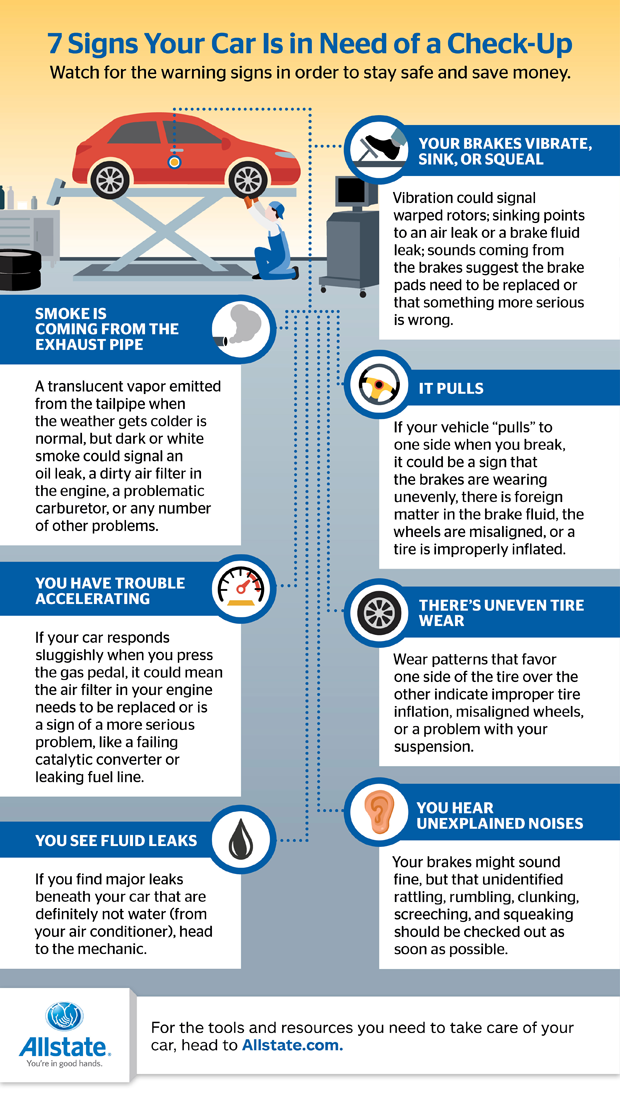 For tire restoration to be successful, you need to responsibly approach any nuance. The tire is cleaned very smoothly so that kinks or drops do not appear on the rubber. Subsequently, excessive pressure may occur in such places. For stripping, use a machine with a speed of up to 4 thousand revolutions / min.
For tire restoration to be successful, you need to responsibly approach any nuance. The tire is cleaned very smoothly so that kinks or drops do not appear on the rubber. Subsequently, excessive pressure may occur in such places. For stripping, use a machine with a speed of up to 4 thousand revolutions / min.
Next, the damaged area of the tire is degreased from the inside. Using a scraper, the top layer of rubber is removed, and then the machine is cleaned. Next, the cutter is replaced with a brush, which removes all roughness from the surface. At the end of the procedure, the remnants of rubber crumbs are removed from the tire with a vacuum cleaner. nine0003
Preparing the outer surface.
We clean the outer area of the cut. We process the edges of the cut, make a Y-cut.
Apply glue.
Degrease and apply glue to the prepared surface.
Installing the patch.
Install and roll the patch tightly.
The next step is to treat external damage. We apply hot glue, wait for it to dry and cover the area with raw rubber. It should not be either too much or too little. If you apply excess rubber, after the operation is completed, you will have to additionally clean the outside to remove excess. Due to the insufficient amount of rubber during vulcanization, there will not be the necessary pressure, which will adversely affect the quality of the repair. nine0003
We apply hot glue, wait for it to dry and cover the area with raw rubber. It should not be either too much or too little. If you apply excess rubber, after the operation is completed, you will have to additionally clean the outside to remove excess. Due to the insufficient amount of rubber during vulcanization, there will not be the necessary pressure, which will adversely affect the quality of the repair. nine0003
Preparation is complete, now you need to choose a patch of a suitable shape and size. The inner surface is covered with several layers of hot melt adhesive. Apply each next layer of glue only after the previous one has dried. Forced drying of the glue is strictly unacceptable. After the last layer has dried, you can glue the thermal plaster.
We press raw rubber
We clean and properly process the cut and press raw rubber.
Vulcanization
We count the vulcanization time and put it on the vulcanizer.
Testing
Cool down and inflate the tire to 4 ATM.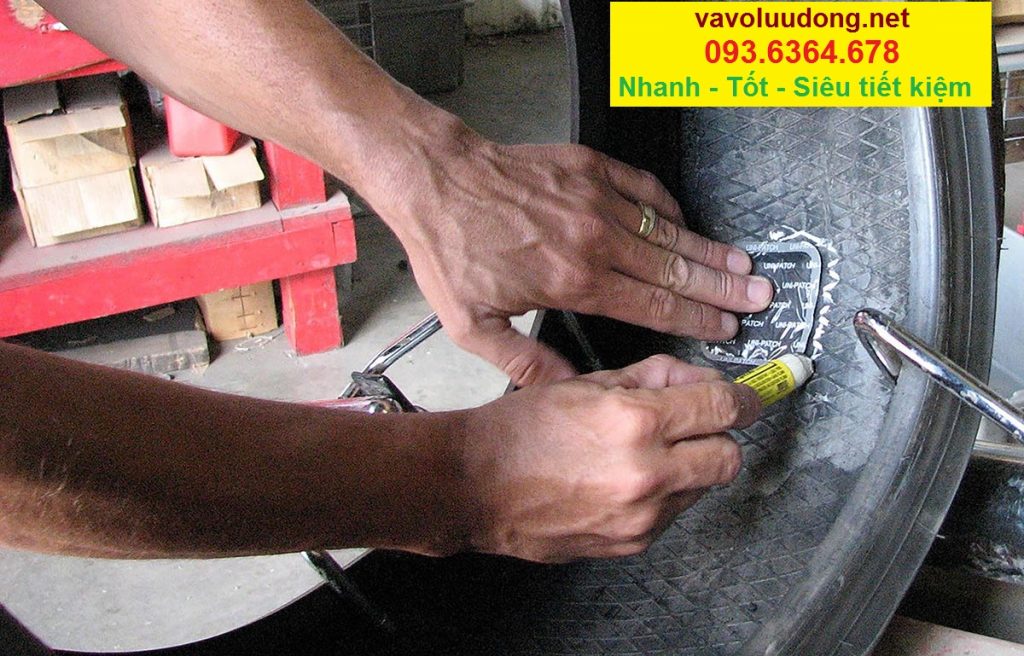 Testing repairs.
Testing repairs.
The final stage is the direct vulcanization process. It should be remembered that the tire cannot be removed immediately after the procedure is completed. Cooling should occur gradually, naturally. Only in this case the quality of restoration work will be high enough.
Not every tire shop can vouch for the quality of their work. The specialists of our company strictly adhere to all technological requirements. That is why we provide a guarantee for any repair carried out in our workshop. nine0035
Subject to all the nuances of the technology, the strength and reliability of the resulting connection is beyond doubt. However, this method also has disadvantages. There are cases when, after an unskilled repair, the patch delaminates, and the tire swells or is seriously damaged. If you don't want to throw away a tire that has delaminated after retreading, it's best to deal with the professionals.
Hot vulcanization comes to the rescue not only when it is necessary to solve the problem of a side cut on a tire. This method is also effective in the restoration of conveyor belts. Vulcanization occurs according to the same principle that is used in the manufacture of a conveyor belt, and the resulting joint is practically not inferior in strength to the whole belt. nine0003
This method is also effective in the restoration of conveyor belts. Vulcanization occurs according to the same principle that is used in the manufacture of a conveyor belt, and the resulting joint is practically not inferior in strength to the whole belt. nine0003
A competent craftsman will assess the severity of the damage even before the start of repair work.
In case of damage to tires of any nature, mobile tire fitting can eliminate these damages right at the scene of the accident in a short time, because it is equipped with all the required equipment and technically competent personnel. These injuries (most often, punctures or cuts) occur when running over curbs with sharp stones or when falling into a hole of considerable depth at full speed. Previously, tires were carried out only in a stationary workshop, because this damage is technologically very difficult to eliminate. To carry it out, it is necessary to weld the tires using a vulcanizer. nine0003
nine0003
However, it is worth remembering that new tires are not cheap, and a full repair of tire side cuts, the price of which is quite insignificant, in accordance with the technological map, can extend the life of your wheel to complete wear. Such a wheel is successfully balanced and your suspension will not suffer. Repaired tires must be installed strictly on the rear axle of the car and the driver must control the level of pressure in it.
If you consider yourself a thrill-seeker on the road, changing a tire is highly recommended. All the same, cuts on the tire are a serious matter. nine0035
R 13-16
Full range of works.
from 3000₽
Repair
R 17-18 9002 Full complex of works
from 3500₽
nine0003
from 4000 rubles
Repair the Side cut of the tire R 15
shows the main stages of cutting cut on the tire R 15
as we are working?
Contact us
By phone or leave a request on the website.